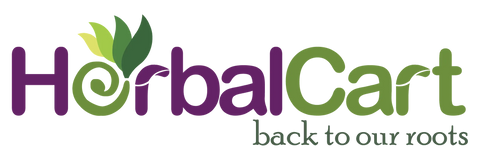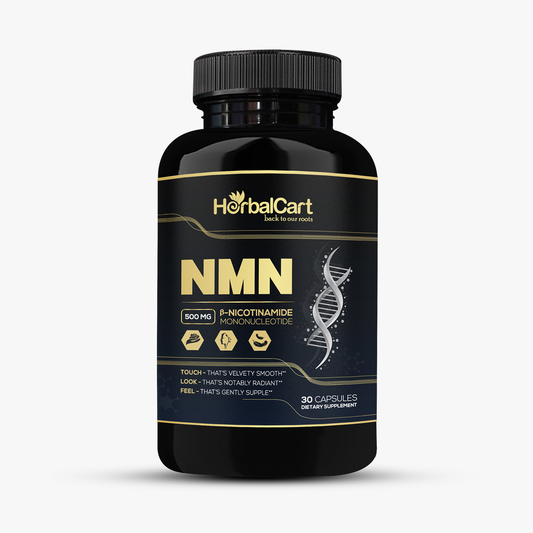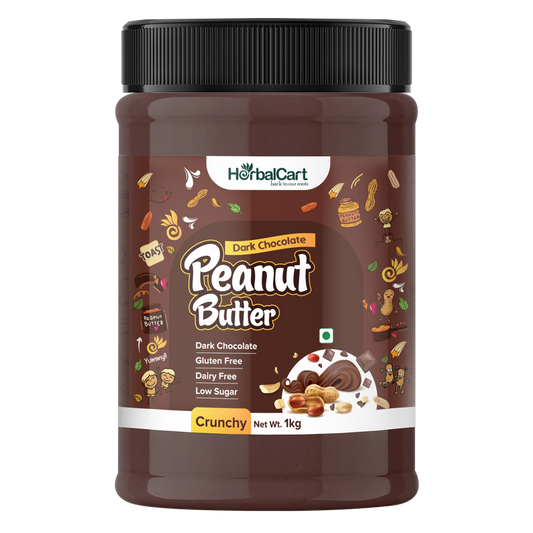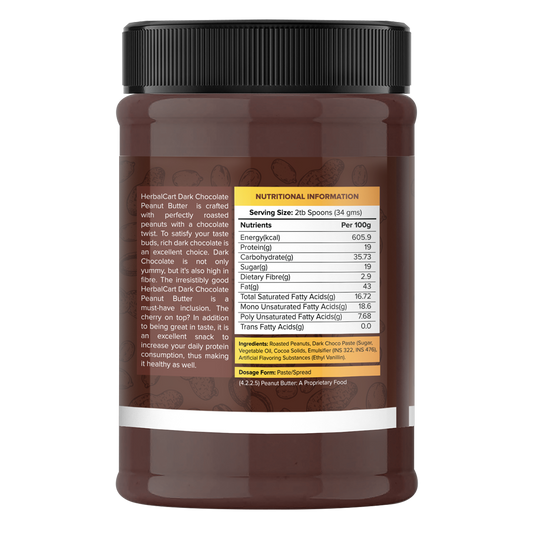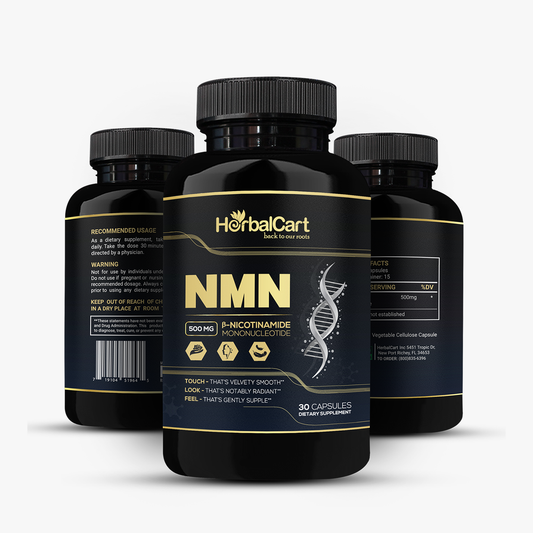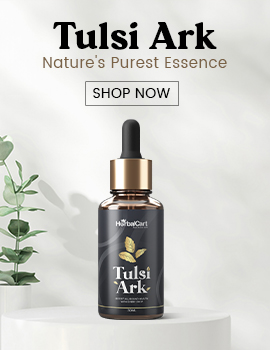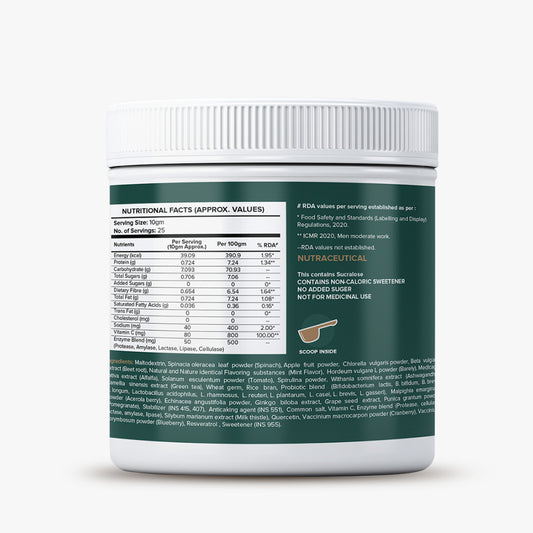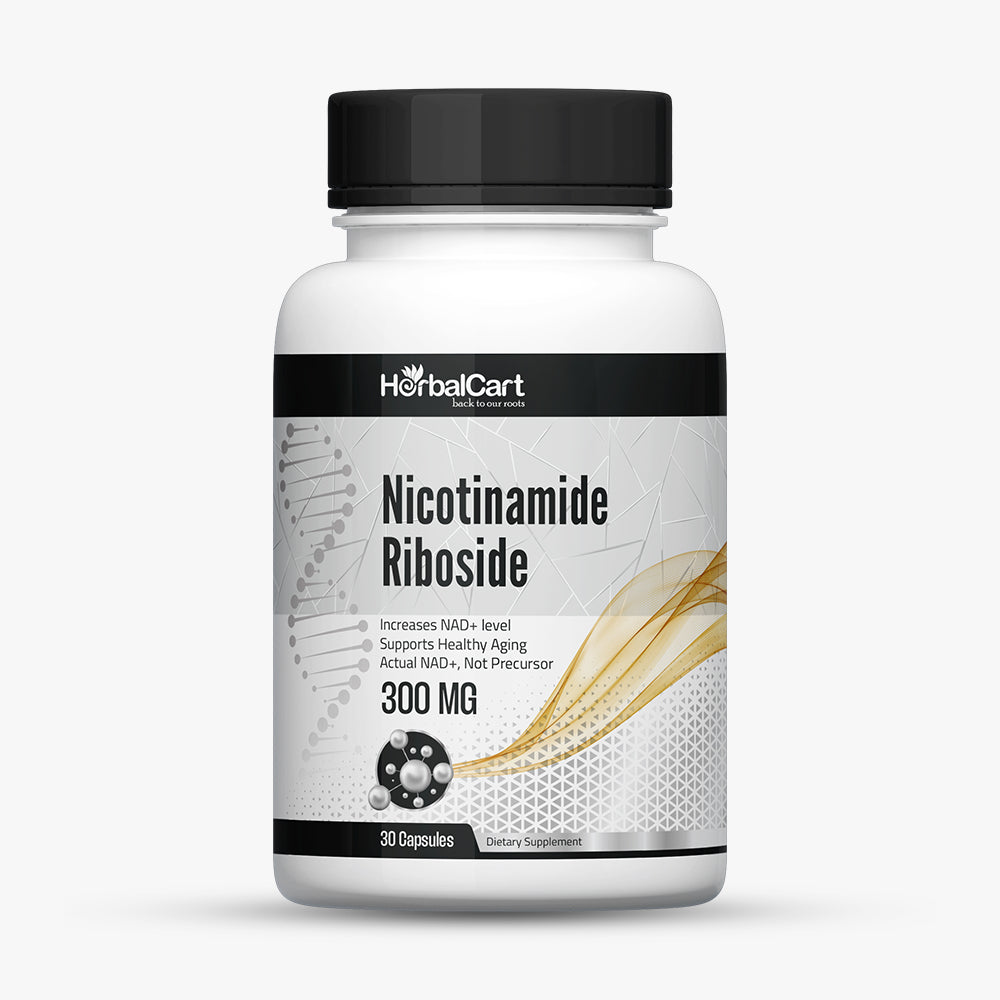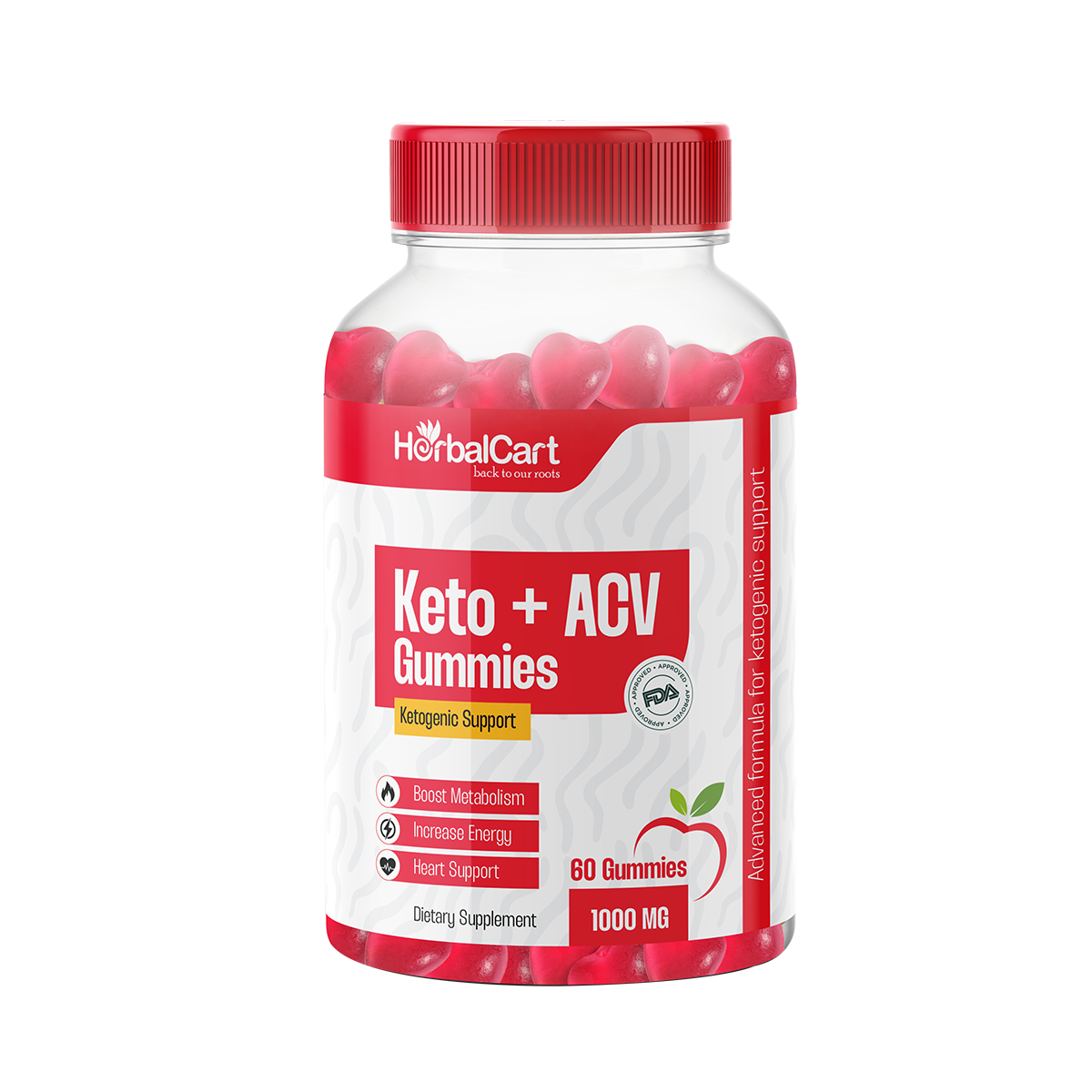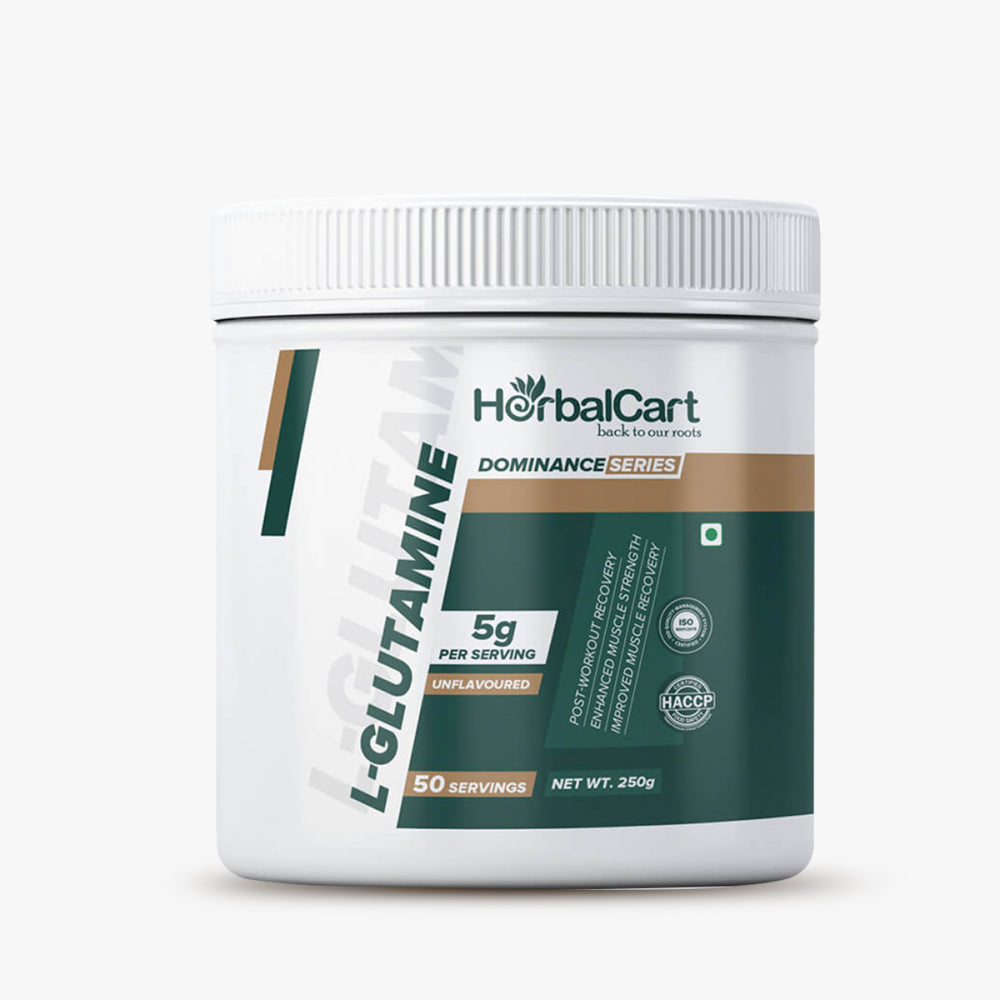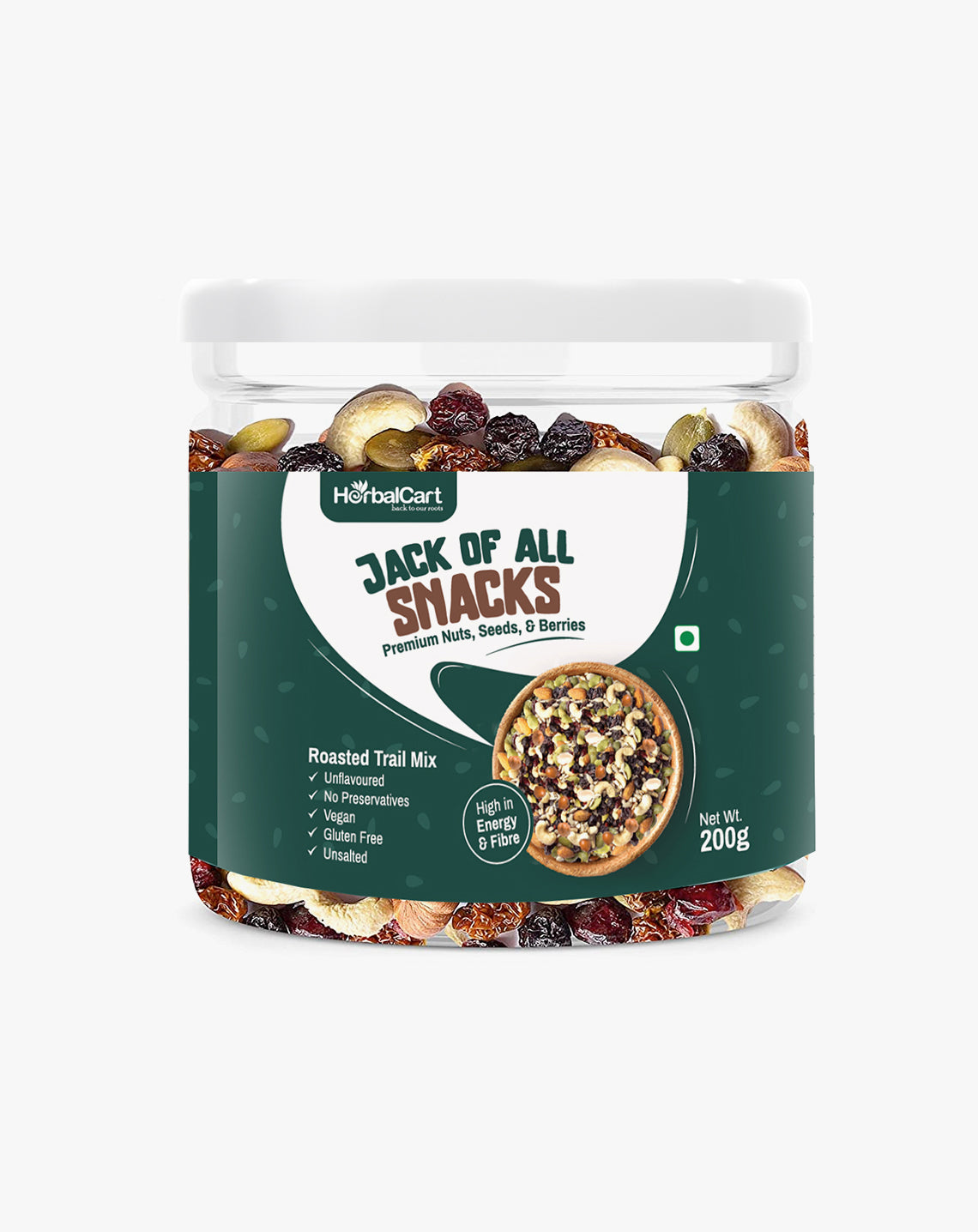You won’t hear people talking about zinc at the dinner table, but this trace mineral works harder for your body than most nutrients you've ever tracked. This essential mineral is naturally found in various foods high in zinc, many of which are readily available in your kitchen. But if your body could speak, it would ask for more. This guide breaks down the practicals. What zinc does. How to know you're getting enough. And the simplest way to put it on your plate.
Why Your Body Needs Zinc Every Day
Zinc supports many internal systems that work quietly in the background. It regulates cell communication and acts as a gatekeeper for the immune response. Low levels make the body more vulnerable to stress and illness.
Immune defense
White blood cells rely on zinc to react to infections. Zinc helps regulate inflammation and defends the body during seasonal shifts. Poor immune function is often linked to low zinc levels.
Skin repair
Tissue repair relies on zinc for efficient healing. Zinc also encourages collagen production, which strengthens the skin barrier. A shortage can reflect dryness, flaking, or delayed wound healing.
Hormonal balance
Zinc influences reproductive health in both men and women. It contributes to testosterone activity and supports ovarian function. Fluctuations in hormone cycles or fertility challenges can reflect suboptimal zinc intake.
Taste and smell
Zinc activates enzymes that affect sensory signals. Changes in food flavor or smell sensitivity are early signs of deficiency. Appetite often declines when these senses dull.
Brain and mood
Neurotransmitter activity depends on a steady supply of zinc. It influences memory patterns and mood regulation. Low levels have been linked to low motivation and slower processing.
Physical development
Growth in children and teenagers relies on zinc for healthy cell formation. It supports DNA synthesis during rapid growth phases. Insufficient intake during early years may delay development.
Muscle strength
Protein synthesis and muscle recovery rely on zinc’s role in cell repair. It assists in reducing inflammation after exertion. People who train regularly benefit from consistent zinc intake.
Enzyme function
Hundreds of enzymatic activities are zinc-dependent. These include digestion, metabolism, and cell division. When zinc is missing, these reactions slow down.
Naturally Zinc-Rich Foods That Support Daily Dietary Needs
India is home to various seasonal fruits and vegetables that go beyond flavor and freshness. Many of them also provide essential nutrients the body needs to function well. Zinc is one such mineral, and you can find it in several everyday foods. Here are 12 zinc-rich options you can easily include in your regular meals.
Dairy Products
Milk, cheese, and yogurt are reliable sources of zinc. The body absorbs zinc from dairy easily, which makes it especially useful for those following a vegetarian diet. A glass of yogurt, close to 250 millilitres, can meet around 15 percent of daily zinc needs. These foods also offer nutrients that support bone strength and overall well-being.
Eggs
A large egg contains around 0.6 milligrams of zinc. While not among the highest sources, eggs help bridge nutritional gaps when included regularly. They also come packed with protein and vitamins that support metabolism.
Chicken
A cooked portion of chicken, about 85 grams, contains 2.4 milligrams of zinc. Known for lean protein, chicken contributes to heart health, immune response, and muscle repair. It fits easily into daily meals and offers both taste and nourishment.
Red Meat
Beef and lamb contain a high concentration of zinc. In addition to this mineral, they provide iron, vitamin B12, and creatine. These meats are best consumed unprocessed and in balanced amounts, alongside fibre-rich vegetables, to avoid the risks linked to frequent intake of processed varieties.
Dark Chocolate
A good quality bar of dark chocolate with high cocoa content, around 100 grams, contains about 3.3 milligrams of zinc. Beyond taste, dark chocolate includes flavonoids that support circulation and immune health. A square or two works well when you want something enjoyable and nutritious.
Spinach
A serving of cooked spinach, roughly 100 grams, provides 0.8 milligrams of zinc. This leafy vegetable also contains iron and other minerals that support energy and digestion. Adding it to dal, soups, or mixed rice is easy and effective.
Chickpeas
Cooked chickpeas provide around 2.5 milligrams of zinc per cup. Alongside zinc, they offer fibre and plant-based protein. Regular use in Indian-style curries, salads, or roasted snacks makes chickpeas a go-to choice for meat-free zinc intake.
Bananas
Bananas are often recognised for their potassium content, but they also supply a small amount of zinc. A large banana gives about 0.20 milligrams. While not a significant source, bananas contribute to overall nutritional balance when paired with other zinc-rich foods.
Garlic
Garlic is a regular in Indian kitchens and offers more than just flavour. About 50 grams of garlic provides close to 1.16 milligrams of zinc. When consumed consistently, garlic is known for supporting heart health and managing cholesterol levels.
Peas
Peas are another easy addition to Indian meals. They are part of the legume family and offer 1.2 milligrams of zinc in a 100-gram serving. Their fibre content and antioxidant profile add extra value, helping digestion and energy levels.
Mushrooms
Cooked white mushrooms provide about 1.4 milligrams of zinc per cup. In addition to their zinc content, mushrooms bring other minerals that support immunity and metabolism. They work well in stir-fries, soups, and even stuffed recipes.
Nuts
Cashews, almonds, peanuts, and pine nuts all contain zinc, healthy fats, and fibre. Cashews are particularly useful, with about 15 percent of daily zinc needs met in a 28-gram serving. A handful of nuts is a good midday snack, supporting overall nutrition.
Tofu
Tofu strongly supports plant-based zinc. Half a cup provides around 1 milligram of zinc, protein, iron, and calcium. It adapts well to Indian-style curries and stir-fries, offering a wholesome base for light and hearty meals.
Lobster
Lobster is another seafood that delivers a good amount of zinc. A 100-gram serving offers close to 3.4 milligrams. Though not commonly consumed daily, including it occasionally can help diversify your intake of zinc-rich foods.
Hemp Seeds and Other Seeds
Hemp seeds offer roughly 3 milligrams of zinc in just three tablespoons. Other seeds like flax, sesame, and sunflower add smaller amounts of zinc while bringing in fibre and healthy fats. They’re easy to add to smoothies, porridge, or salads for extra crunch and nutrition.
The Other Reliable Foods High in Zinc
You don’t need expensive supplements to hit your zinc target. Focus on foods high in zinc naturally that are already part of your everyday meals. They support daily zinc intake and easily fit into balanced meals without supplementation.
| Food Source | Zinc Content | Serving Size |
|---|---|---|
| Animal Sources | ||
| Oysters | 74.0 mg | 3 oz |
| Crab | 6.5 mg | 3 oz |
| Beef (sirloin) | 5.3 mg | 3 oz |
| Lamb | 3.0 mg | 3 oz |
| Pork | 2.9 mg | 3 oz |
| Chicken (thigh) | 2.4 mg | 3 oz |
| Turkey | 1.5 mg | 3 oz |
| Yogurt | 1.4 mg | 1 cup |
| Cheddar cheese | 1.2 mg | 1 oz |
| Eggs | 0.6 mg | 1 egg |
| Salmon | 0.5 mg | 3 oz |
| Plant-Based Sources | ||
| Fortified cereals | 2-15 mg | varies |
| Hemp seeds | 3.0 mg | 3 tbsp |
| Chickpeas | 2.5 mg | 1 cup |
| Lentils | 2.5 mg | 1 cup |
| Pumpkin seeds | 2.2 mg | 1 oz |
| Black beans | 1.9 mg | 1 cup |
| Cashews | 1.6 mg | 1 oz |
| Spinach (cooked) | 1.4 mg | 1 cup |
| Oatmeal | 1.1 mg | 1 cup |
| Tofu | 1.0 mg | 1/2 cup |
| Almonds | 0.9 mg | 1 oz |
| Mushrooms | 0.9 mg | 1/2 cup |
| Whole wheat bread | 0.5 mg | 1 slice |
You can combine a few of these in each meal. For example, pair scrambled eggs with whole wheat toast and almonds, or mix lentils with tofu and spinach for a plant-based lunch that checks off your daily zinc requirement.
How Much Zinc Should You Have in a Day
Your recommended intake depends on your age, gender, and condition
|
Group |
Daily Zinc Requirement |
|
Adult men |
11 mg |
|
Adult women |
8 mg |
|
Pregnant women |
11 mg |
|
Breastfeeding women |
12 mg |
|
Kids (4 to 8 years) |
5 mg |
|
Kids (9 to 13 years) |
8 mg |
|
Teen boys (14 to 18 years) |
11 mg |
|
Teen girls (14 to 18 years) |
9 mg |
Vegetarians may need 30 to 50 percent more due to lower absorption from plant foods
Zinc from food is rarely harmful. However, supplementing beyond 40 mg per day may block copper and lead to imbalances
Why Some People Run Low on Zinc
Zinc deficiency is more common than most think. You might be at risk if you.
-
Eat a vegetarian or vegan diet.
-
You are pregnant or breastfeeding.
-
Have a digestive condition like Crohn’s or IBS.
-
Consume alcohol frequently.
-
Train heavily and sweat often.
-
Are over 60 and eat less.
Look out for signs like
-
Frequent infections or slow healing.
-
Loss of taste or appetite.
-
Skin inflammation or acne.
-
Hair thinning or white spots on nails.
-
Low focus or sudden mood dips.
How to Help Your Body Absorb More Zinc
Absorption is key. Here’s how to improve it-
-
Eat animal protein alongside plant meals.
-
Soak beans or sprout lentils before cooking.
-
Choose sourdough or fermented grains when possible.
-
Avoid combining zinc with high-calcium meals or supplements.
-
Add citrus or vitamin C-rich foods to zinc-heavy dishes.
-
Read cereal labels for zinc oxide or zinc sulfate.
These steps are constructive if you rely heavily on plant-based foods.
Frequently Asked Questions
Can I get enough zinc from food alone?
Yes, a balanced diet can supply enough zinc without supplements.
What makes zinc hard to absorb?
Phytates in whole grains and legumes can block zinc absorption unless the food is soaked or fermented.
Are zinc supplements safe to take daily?
They’re safe in moderate doses, but too much can interfere with copper and lead to side effects.
How do I know if I’m not getting enough zinc?
Watch for poor wound healing, frequent infections, taste changes, or low appetite.
Is zinc helpful for acne or skin healing?
Yes, zinc supports tissue repair and controls inflammation.
Can zinc improve sleep?
Some research links zinc to better sleep quality when paired with magnesium.
Is zinc good for hair growth?
It helps repair hair tissue and strengthens strands, especially if you’re low.
Does cooking remove zinc from food?
Boiling may reduce zinc slightly, but roasting or baking preserves most of it.
Can vegetarians meet their zinc needs?
Yes, with careful food choices and preparation methods like sprouting and fermenting
Is there a best time to eat zinc-rich food?
There’s no set timing, but pair it with protein and avoid taking it with calcium.
What foods are highest in zinc overall?
Oysters are at the top, followed by beef, crab, pork, pumpkin seeds, and lentils.
Final Takeaway on Zinc
Zinc might be a quiet mineral, but its impact on health speaks volumes. It fuels the immune system, keeps the skin clear, supports growth and recovery, and helps with sleep and focus.
You now know what zinc is good for, what foods are high in zinc naturally, and how much zinc per day keeps your body balanced. With the right mix of meals, snacks, and preparation methods, hitting your zinc target isn’t hard, and it’s just smart.
